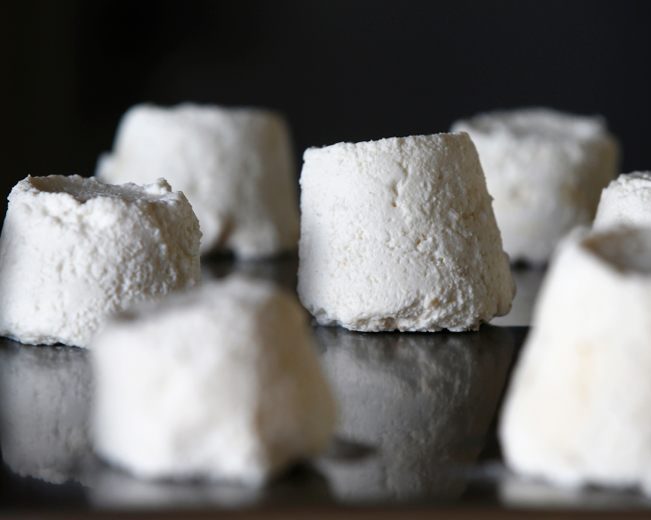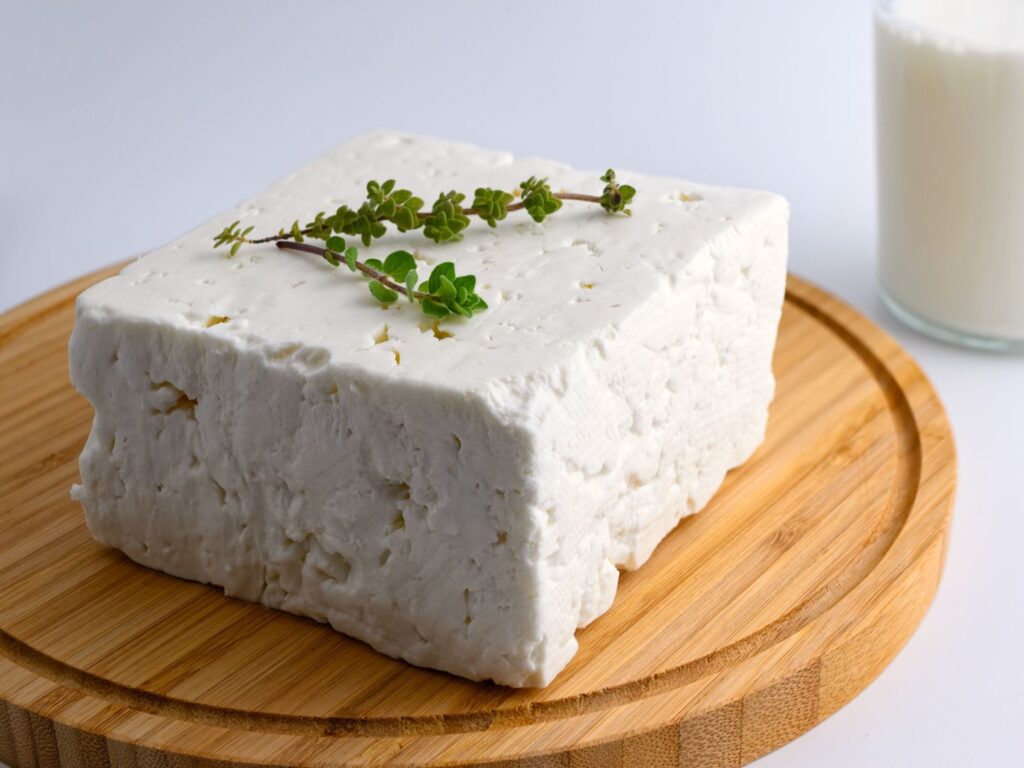There’s expensive artisanal cheese. And then, there’s Pule. Read on to learn more about this unique donkey (yes, that’s right!) milk cheese from Serbia and why it is so expensive.

Where does Pule come from?
Pule (also known as Magareći Sir) is a soft, fresh cheese made with a mixture of donkey and goat milk in Serbia’s Zasavica Special Nature Reserve. The reserve is owned and operated by former local MP, Slobodan Simić.
Actually, Zasavica draws its name from the river that runs through and is a popular 1825 hectare bird watching spot. With the help of his political contacts, Simić converted the wild wetlands into a nature reserve in 1997.
A haven for donkeys
Three years later, Simić happened to be at a fair in the neighbouring town of Ruma when he saw some abused Balkan donkeys. Since they had retired from farm work and transportation, they’d been mistreated and were in bad health.
Hence was born the idea of bringing retired donkeys to Zasavica for rehabilitation. Presently, some 200 Balkan donkeys call the reserve home. And, they happily roam freely on the green marshlands.
Can you make cheese with donkey milk?
The short answer to this question is yes, but with a lot of difficulty. Unsurprisingly, no one had ever made cheese from donkey milk before. And it all stemmed from a crazy idea that Simić had a few years ago. He had an excess of milk and decided to start making cheese.
Without a doubt, it took quite a few attempts to make this unique cheese. Simić enlisted the help of Stevan Marinković, a dairy technologist to provide insight on how the rich milk could be turned into cheese.
Unfortunately, donkey milk doesn’t have enough casein to make cheese, so he had to compromise by adding goat milk. After a few tests, they worked out together that the best combination was 60% donkey milk, and 40% goat milk.
How Pule is made
Currently, Serbia has strict rules when it comes to the use of unpasteurised milk in cheesemaking. Therefore, local cheesemakers Zoran Nedić, Momčilo Budimirović and his assistant, Milena, make small amounts of Pule for Zasavica using gently pasteurised milk.
As for the actual process, it resembles quite closely the making of a young, rindless chèvre. The makers add rennet to the milk to coagulate it, and then strain the curds and pack them into moulds. The cheese spends up to 3 days in the mould before being transferred to a maturation room for one month.
Why Pule is so expensive
Pule costs on average US$600 per pound, making it the most expensive cheese in the world. The reason for this is the extremely low milk yield of the jennies (female donkeys). In fact, their 20 milking jennies produce less than 5L of milk a day each compared the 60L that some cows produce.
Moreover, the farmers have to milk their jennies by hand three times a day. The reason for this is that they have to empty all the milk for the donkey to produce more.
Finally, it takes 25L (6.6 gallons) of milk to make 1kg of Pule cheese. On the other hand, most cheeses require about 10L of milk.
What Pule tastes like
Visually, Pule looks like a little round of goat’s cheese. The bell-shaped cheeses have a slightly more yellowish colour while being a little less crumbly.
As for the flavour, be prepared for something unlike any other cheese on Earth. Indeed, Pule is sweet, clean and mild with only the most subtle similarities to a young Manchego.
How to serve Pule
This unique cheese is best eaten very fresh with a glass of local rakia. It can also be paired with a black Turkish coffee. Make a meal out of it with a plate of local cured meats including Mangalica sausage and speck.
